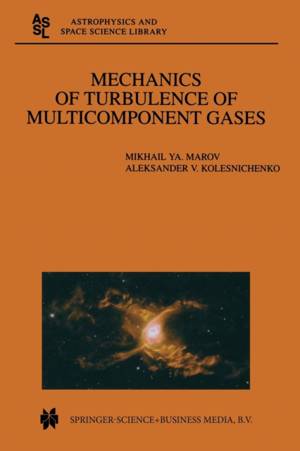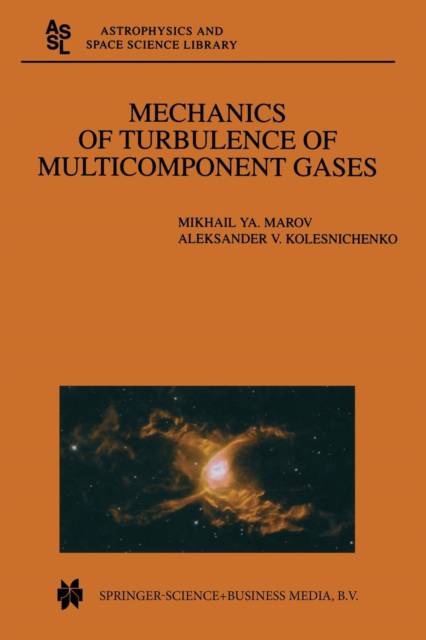
- Afhalen na 1 uur in een winkel met voorraad
- Gratis thuislevering in België vanaf € 30
- Ruim aanbod met 7 miljoen producten
- Afhalen na 1 uur in een winkel met voorraad
- Gratis thuislevering in België vanaf € 30
- Ruim aanbod met 7 miljoen producten
Zoeken
€ 105,59
+ 211 punten
Omschrijving
Space exploration and advanced astronomy have dramatically expanded our knowledge of outer space and made it possible to study the indepth mechanisms underlying various natural phenomena caused by complex interaction of physical-chemical and dynamical processes in the universe. Huge breakthroughs in astrophysics and the planetary s- ences have led to increasingly complicated models of such media as giant molecular clouds giving birth to stars, protoplanetary accretion disks associated with the solar system's formation, planetary atmospheres and circumplanetary space. The creation of these models was promoted by the development of basic approaches in modern - chanics and physics paralleled by the great advancement in the computer sciences. As a result, numerous multidimensional non-stationary problems involving the analysis of evolutionary processes can be investigated using wide-range numerical experiments. Turbulence belongs to the most widespread and, at the same time, the most complicated natural phenomena, related to the origin and development of organized structures (- dies of different scale) at a definite flow regime of fluids in essentially non-linear - drodynamic systems. This is also one of the most complex and intriguing sections of the mechanics of fluids. The direct numerical modeling of turbulent flows encounters large mathematical difficulties, while the development of a general turbulence theory is hardly possible because of the complexity of interacting coherent structures. Three-dimensional non-steady motions arise in such a system under loss of la- nar flow stability defined by the critical value of the Reynolds number.
Specificaties
Betrokkenen
- Auteur(s):
- Uitgeverij:
Inhoud
- Aantal bladzijden:
- 382
- Taal:
- Engels
- Reeks:
- Reeksnummer:
- nr. 269
Eigenschappen
- Productcode (EAN):
- 9789401739061
- Verschijningsdatum:
- 13/11/2013
- Uitvoering:
- Paperback
- Formaat:
- Trade paperback (VS)
- Afmetingen:
- 156 mm x 234 mm
- Gewicht:
- 557 g

Alleen bij Standaard Boekhandel
+ 211 punten op je klantenkaart van Standaard Boekhandel
Beoordelingen
We publiceren alleen reviews die voldoen aan de voorwaarden voor reviews. Bekijk onze voorwaarden voor reviews.








